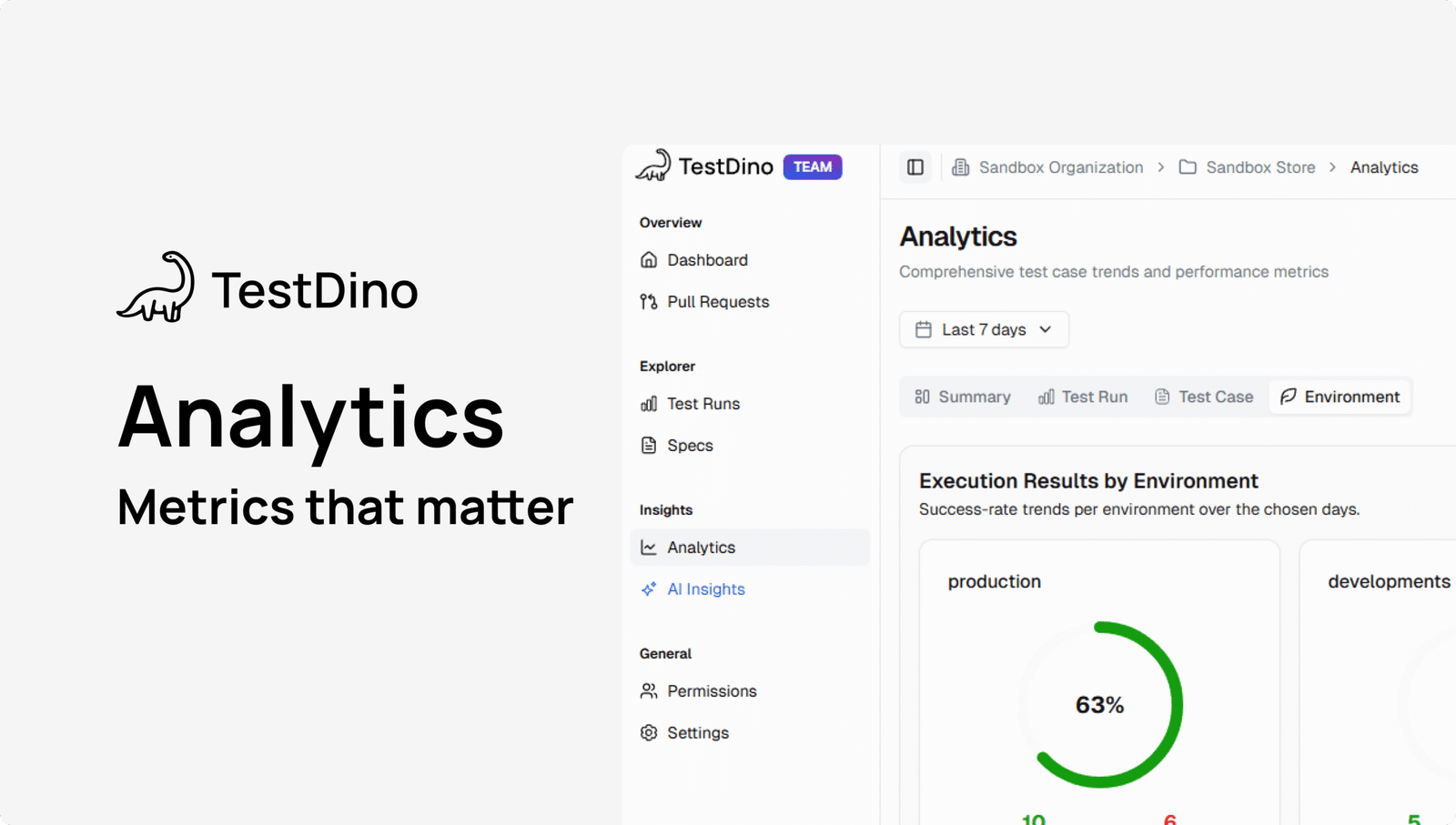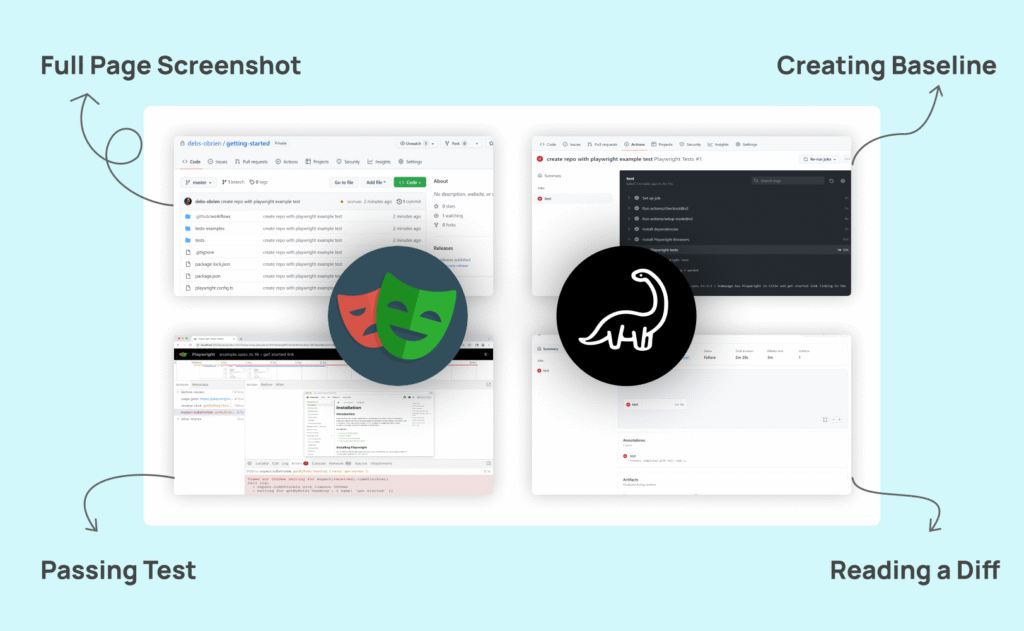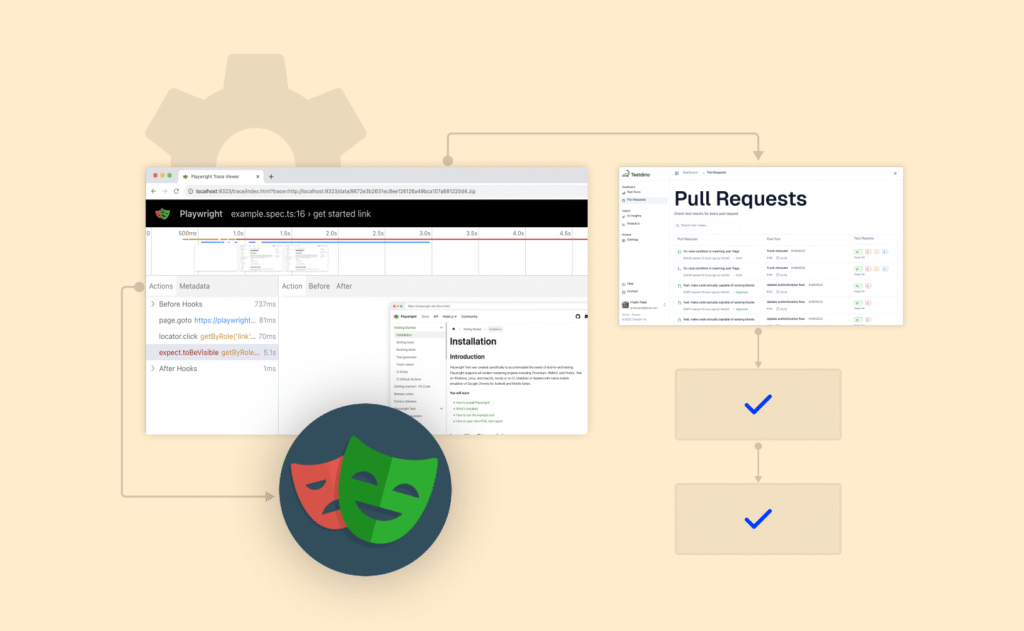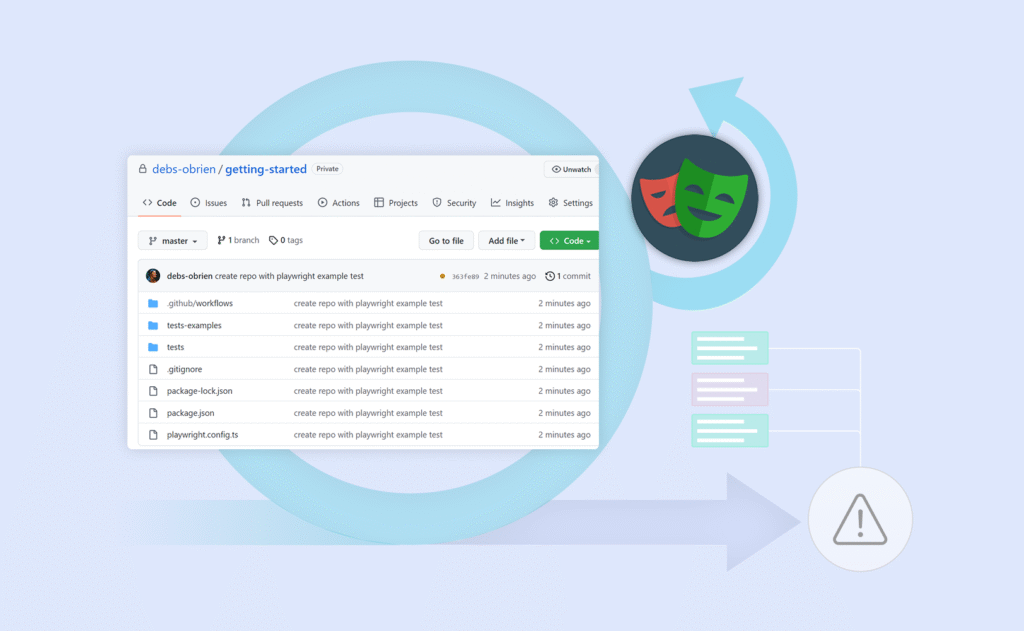Here's something that trips up teams: tests stepping on each other's toes. You run your tests individually and they're perfect. Run them together? Chaos. Let me walk you through how to prevent this mess.
1. Test Isolation:
Think of each test like it requires its own sandbox. No test should care what happened before it ran.
Playwright achieves full test isolation by creating a new browser context for each test, ensuring independent tests with isolated browser contexts that function as a brand new browser profile.
This approach allows each test to run in its own browser context, providing complete separation and preventing shared state between tests.
I like using the beforeEach hook for setup - say, you need to log in a test user or reset some settings. Whatever it is, do it fresh for each test. Trust me, future you will thank present you when debugging.
2. Data Isolation:
Here's the deal - if your UI tests are hitting a real database, you're asking for trouble.
For most UI testing, I recommend mocking your API calls using page.route(). Why? Because then you control everything. No surprise data changes, no backend hiccups messing with your frontend tests.
Now, if you absolutely need that full end-to-end experience with real data, here's what works: set up your data fresh before each test run, then clean up after yourself. Every. Single. Time. Yeah, it's extra work, but it beats debugging random failures at 3 AM.
3. Environment Isolation:
You know that classic developer excuse - "but it works on my machine!" Yeah, we need to kill that. Playwright has this great Docker image that basically guarantees your tests run identically everywhere. Use it.
For parallel execution: start conservative. Set the workers: 1 in your CI at first. Get everything stable. Then gradually bump it up. Going from 1 to 4 workers might cut your test time in half, but if it introduces flakiness, was it worth it? (Spoiler: it wasn't.)

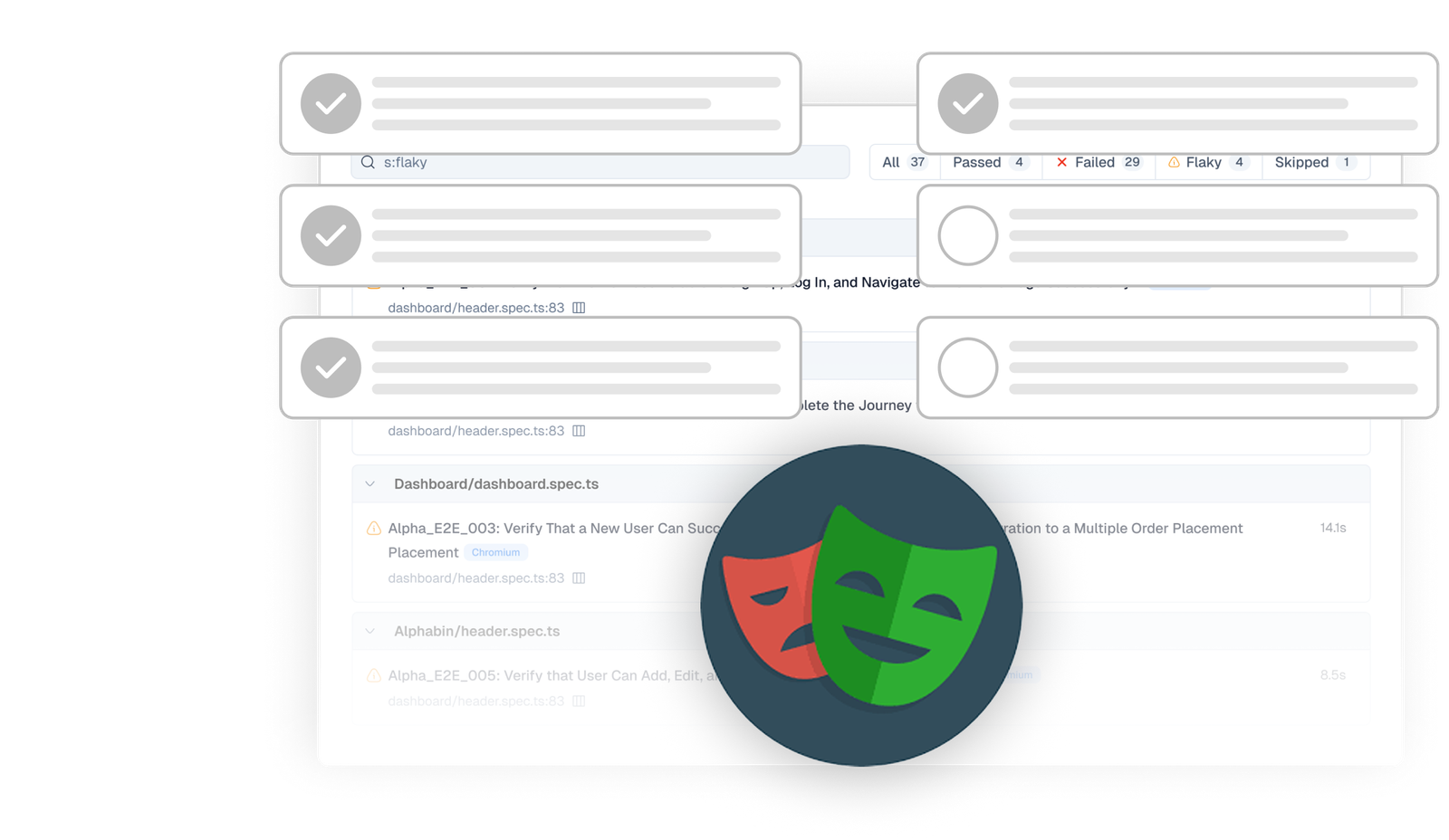
.png) Summarize this article with AI
Summarize this article with AI 